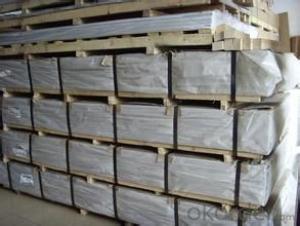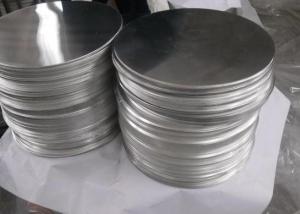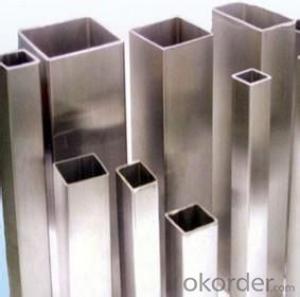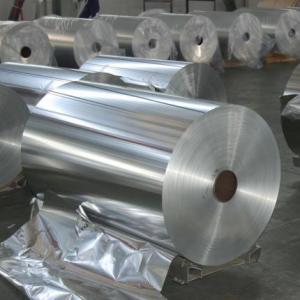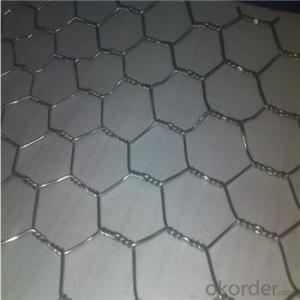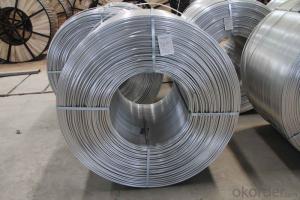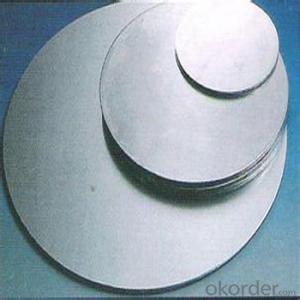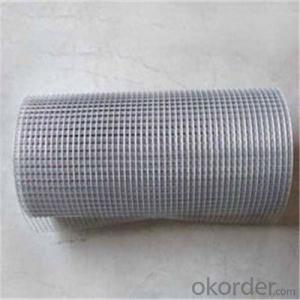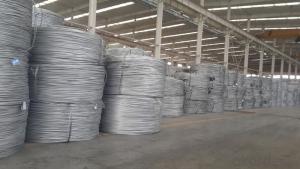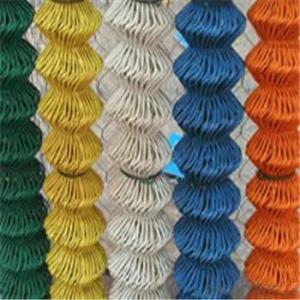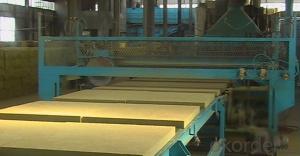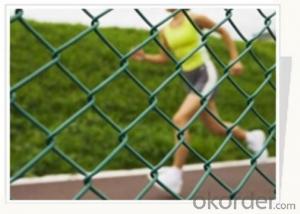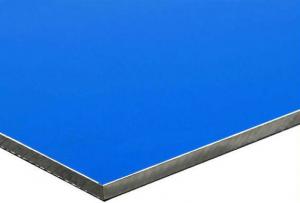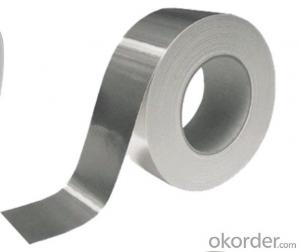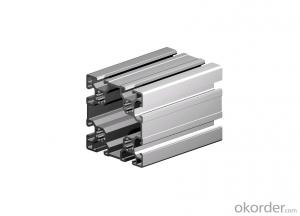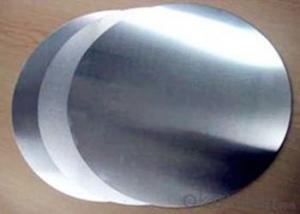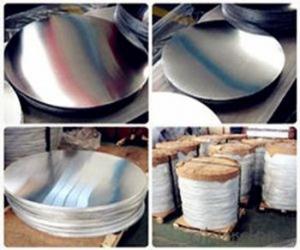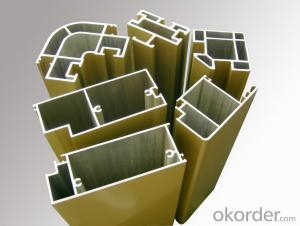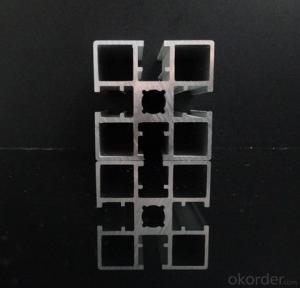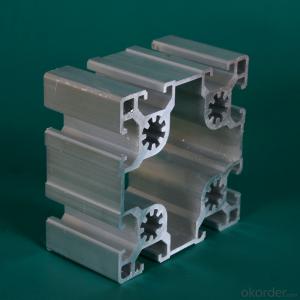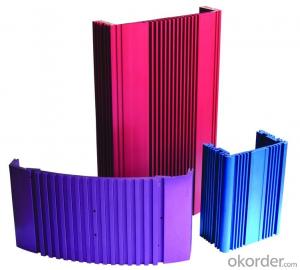Aluminium Modelling Mesh
Aluminium Modelling Mesh Related Searches
Galvanized Steel Stucco Netting Lg Refrigerator Stainless Steel Lg Stainless Steel Refrigerator Stainless Steel Ge Refrigerator Ge Stainless Steel Refrigerator Aluminium Modelling Mesh Aluminium Formwork Singapore Kumkang Aluminium Formwork Aluminium Extrusion Uv Coated Polycarbonate PanelsHot Searches
Aluminium Wire Mesh Manufacturers India Ceiling Fan Lowest Price Aluminium Scaffold Planks Sale Aluminium Walkway Mesh Prices Lasani Wood Sheet Price 4Mm Mdf Sheet 1220X2440Mm Price Cost Of Drywall Per Sheet Aluminium Scaffold Planks Sale Buy Sheet Plastic Aluminium Walkway Mesh Prices 9Mm Mdf Sheet Prices Tinplate Sheet Suppliers Stucco Scaffolding For Sale Buy Alabaster For Carving Aluminium Scaffold Planks Sale Aluminium Walkway Mesh PricesAluminium Modelling Mesh Supplier & Manufacturer from China
Okorder.com is a professional Aluminium Modelling Mesh supplier & manufacturer, offers integrated one-stop services including real-time quoting and online cargo tracking. We are funded by CNBM Group, a Fortune 500 enterprise and the largest Aluminium Modelling Mesh firm in China.Hot Products
FAQ
- Aluminum profiles are well-suited for application in food processing environments. The food industry widely utilizes aluminum due to its exceptional properties. Its lightweight, durable, and corrosion-resistant nature makes it an ideal material for use in food processing, where cleanliness and hygiene are paramount. Cleaning and sanitizing aluminum profiles is a breeze, which is crucial for preventing contamination and ensuring food safety. Their smooth and non-porous surface inhibits bacterial growth and simplifies maintenance. Moreover, aluminum boasts excellent thermal conductivity, enabling efficient heat transfer and temperature control during food processing. This characteristic proves particularly valuable in food packaging, cooking, and chilling applications. In addition to its physical attributes, aluminum is non-toxic and does not react with food or beverages. As an inert material, it does not release any harmful substances that could contaminate the processed food. Overall, aluminum profiles are a reliable and suitable choice for food processing environments. They meet the industry's stringent requirements for hygiene, durability, and safety, making them a popular option in the food processing and packaging sectors.
- What materials are used for aluminum profile packing?
- if the surface requirements is not high, three point type packaging is also common, some products need to add pearl carton / wooden packaging. Shanghai aluminum products Co., Ltd.
- Yes, aluminum profiles can be used for electrical busbars. Aluminum is a commonly used material for busbars due to its high electrical conductivity, low cost, and lightweight nature. Aluminum profiles provide a reliable and efficient solution for electrical distribution in various applications, including power distribution systems, switchboards, and control panels. They offer good thermal conductivity, which helps in dissipating heat generated during high current flow. However, it is important to consider factors such as current carrying capacity, mechanical strength, and electrical insulation requirements while selecting aluminum profiles for busbar applications.
- Aluminum profiles 1, 2, 3, 4, 5, 7, 6, 8 line characteristics, what is the difference, please master more advice
- No, ah, who makes me enthusiastic?I can only say something about it1 system heat conduction, high conductivity, corrosion resistance, good weldability, generally applicable to electrical appliances, heat exchangers, plates, strips5 medium strength alloy, good formability, corrosion resistance, weldability, generally applicable to ships, vehicles, tubes, bars6 series can be very good, continuous extrusion, corrosion resistance, surface treatment is good, generally applicable to complex sections, hollow profiles, high-speed rail subway
- Exhibition stands or booths can indeed utilize aluminum profiles. The lightweight and robust characteristics of aluminum make it a favored option for constructing such structures. Its ability to provide structural stability, along with the convenience of transportation and assembly, further adds to its appeal. Aluminum profiles are easily customizable, allowing for their seamless integration into diverse designs and configurations, thereby catering to various exhibition needs. Moreover, aluminum's recyclability aligns with the sustainable practices frequently sought after in the exhibition and event industries. In summary, aluminum profiles present a cost-effective and pragmatic choice for the creation of exhibition stands or booths.
- Aluminum profiles have relatively poor electrical insulation properties. Aluminum is a good conductor of electricity, meaning it allows the flow of electric current. However, aluminum profiles can be anodized or coated with insulating materials to enhance their electrical insulation properties.
- Aluminum profiles contribute to lightweight construction by being strong and durable while also being significantly lighter in weight compared to other materials. This allows for the creation of structures that are both robust and easy to handle, reducing the overall weight of the construction. Additionally, aluminum profiles can be easily shaped and joined together, enabling designers to create complex and innovative lightweight designs.
- There are several different surface treatments available for aluminum profiles, each offering unique benefits and characteristics. Some of the most common surface treatments for aluminum profiles include anodizing, powder coating, painting, and brushing. Anodizing is a popular surface treatment method that involves creating a protective oxide layer on the aluminum surface. This process enhances the corrosion resistance of the aluminum, making it suitable for outdoor applications. Anodized aluminum profiles are also known for their aesthetic appeal, as they can be dyed in various colors for a sleek and modern finish. Powder coating is another widely used surface treatment technique for aluminum profiles. It involves applying a dry powder paint onto the aluminum surface, which is then cured under heat to create a durable coating. Powder-coated aluminum profiles offer excellent resistance to scratching, chipping, and fading, making them ideal for applications that require long-lasting and vibrant finishes. Painting is a versatile surface treatment option that allows for a wide range of color choices and finishes. Aluminum profiles can be painted using various methods, such as spray painting or electrostatic coating. Painted aluminum profiles provide a smooth and attractive appearance, suitable for both indoor and outdoor applications. Brushing is a surface treatment technique that involves brushing the aluminum surface with a wire brush or abrasive material. This process creates a textured finish, giving the aluminum a distinctive and decorative look. Brushed aluminum profiles are often chosen for architectural and design applications that require a unique and stylish appearance. Overall, the choice of surface treatment for aluminum profiles depends on the specific requirements of the application. Factors such as corrosion resistance, durability, aesthetic appeal, and functionality play a crucial role in determining the most suitable surface treatment method for aluminum profiles.

